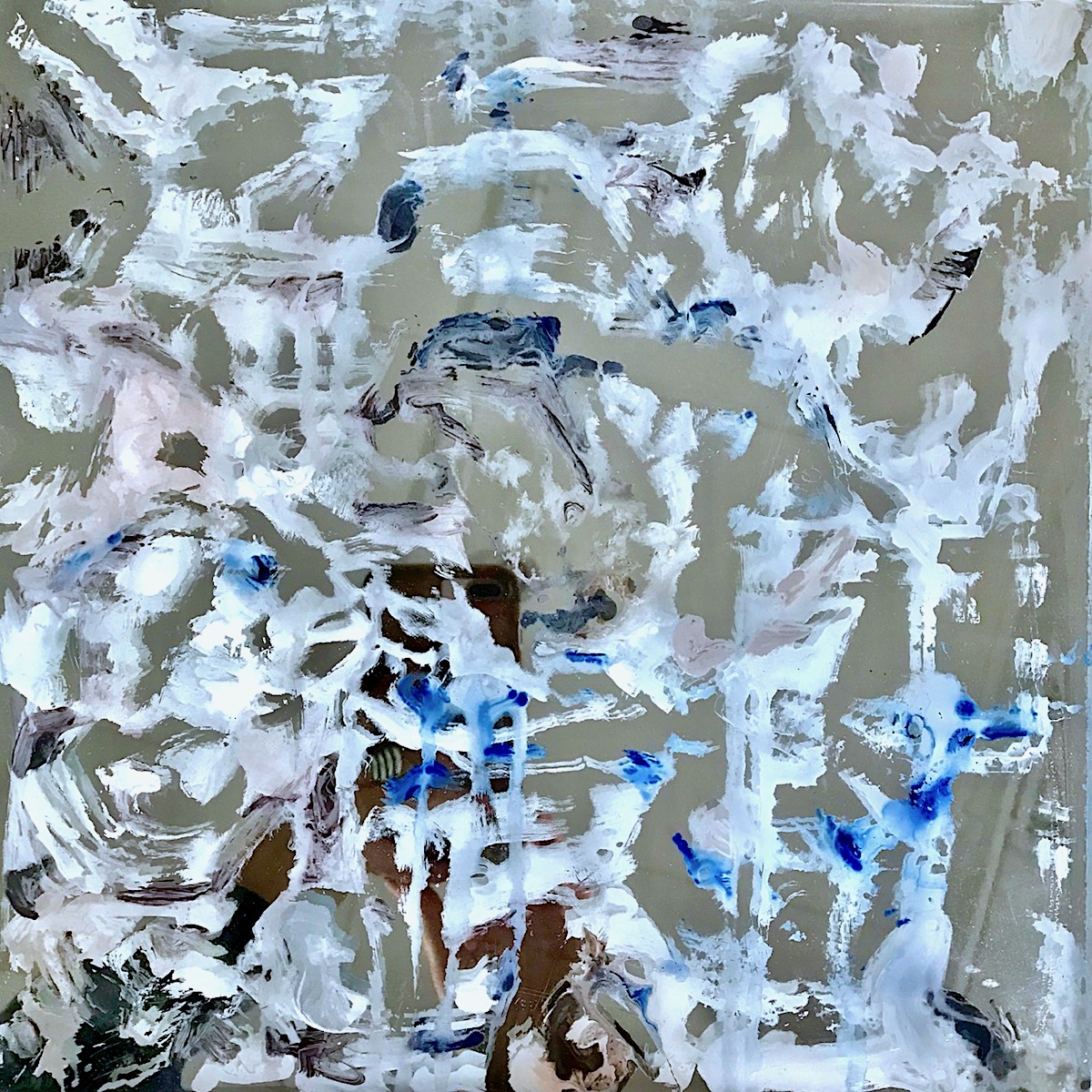the memory of water
In the 1990s, Dr. Masaru Emoto hypothesized water has a consciousness capable of changing its expression when exposed to music, photographs, and language. Water exposed to “positive” factors such as classical music or words of gratitude result in water crystals arranged in aesthetically pleasing patterns, while negative elements like death metal music and offensive language generate unattractive imagery.
The Memory of Water (Chopin: The Farewell Song) •12 x 12 x 2"D•Acrylic, acrylic glass, mirror tile, grease marker, compressed charcoal, pencil, and resin on wood panel
This series is based on images Dr. Emoto’s high speed photographs of water crystlas and was created for the exhibition Water Music at DZINE Gallery in San Francisco. The exhibition’s title is a reference to orchestral compositions by the composer Handel, and the paintings are based on images of water’s molecular response to music.
Water is the most powerful solvent on Earth, yet it is also odorless, colorless, and tasteless. I painted on sheets of acrylic glass so the paintings would simultaneously feel durable and delicate. The layered sheets of acrylic glass are stacked on a mirror tile, mounted on a wood panel, and sealed with a final coat of resin. The materials create depth, and the exposed mirror reflects its surroundings so the painting is constantly changing even after it has left my studio. The viewer is reflected when looking at the painting, and I like how conceptually that allows the audience to also partake in the artistry. For example, the blue in several of the photographs is the reflection of the blue sky when the artwork was photographed outside.





















